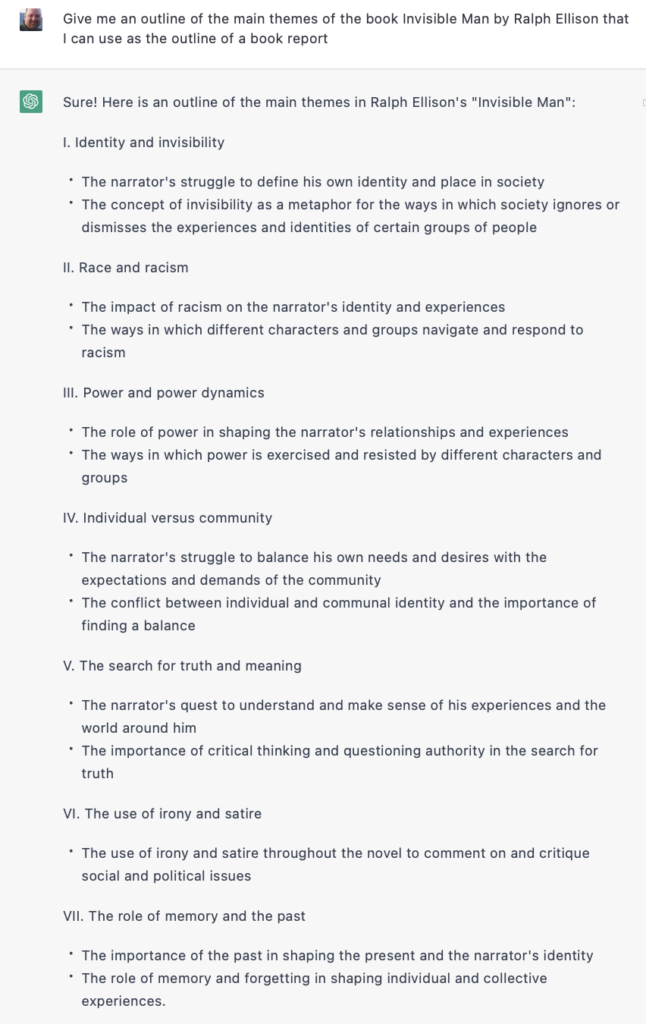For all practical purposes, the Twitter API is dead. Technically, the API appears to be available for applications that don’t compete with Twitter’s main service, but it can no longer be used by 3rd party applications that work as Twitter clients. This includes some of the most popular Twitter applications like Twitterific and Tweetbot. Here are the announcements from those two applications about the end of their service.
This really is the end of an era. The Twitter API was introduced on September 20, 2006. This was the tweet where Twitter made it official that the Twitter API could no longer be used.
If you do the math, the Twitter API was available for building alternatives to the official Twitter web site & mobile app for over 16 years.
All of this was very well covered last week and I’m not going to repeat it here, but I want to share some parts of an interview with Biz Stone from a 2007 Read/WriteTalk podcast. That podcast appears to no longer accessible, but I found it on Wayback Machine. It’s very clear from that interview how important the Twitter API was to the growth and success of Twitter in those early days. At the time of that interview, the Twitter API had ten times the traffic of the Twitter.com web site.
The fact that Twitter started out as an open platform was widely celebrated and most long-time users of Twitter would say this is what attracted them to the service in those early days. Much of what you see today on Twitter’s main site and mobile application today was built on the backs of those early developers who leveraged the Twitter API and it really was a disservice to them to abruptly cut off access to the API earlier this month.
Here are the parts of the 2007 Read/WriteTalk interview that relate to the API…
Sean Ammirati: That’s very interesting. Kind of taking a slight twist off of that, you mentioned that a couple of times you referred to Twitter as an open platform. I’m curious how much you think that’s been a critical attribute to your success. Just the fact that kind of anybody can come up and interact with the web services. I use it through an app called Twitterrific which I don’t think is even your application.
Biz Stone: Did you say Twitterrific?
Sean Ammirati: Yeah.
Biz Stone: Yeah. The API has been arguably the most important, or maybe even inarguably, the most important thing we’ve done with Twitter. It has allowed us, first of all, to keep the service very simple and create a simple API so that developers can build on top of our infrastructure and come up with ideas that are way better than our ideas, and build things like Twitterrific, which is just a beautiful elegant way to use Twitter that we wouldn’t have been able to get to, being a very small team. So, the API which has easily 10 times more traffic than the website, has been really very important to us. We’ve seen some amazing work built on top of it from tiny little mobile applications like an SMS timer that just allows you to set a reminder over SMS to call your mom or something like that, to more elaborate visual recreations of Twitter like twittervision.com which shows an animated map of the world and what everyone’s doing around the world with Twitter. Twitter is popping up from Spain and Japan and United States.And that’s very, sort of like, “Look at that!” It’s like staring at a fish bowl or something – an aquarium. You just find yourself getting lost in it. The API has really been a big success for us, and it’s something that we want to continue to focus our efforts on, looking forward.
Sean Ammirati: Cool. One of the things that’s interesting — and I think I know what your answer here is going to be – but I feel compelled to ask anyway. With this sort of open API being such a critical part of your success, how does that affect the business model as that develops?
Biz Stone: Well, it depends on what business model we decide to pursue. We’re still very much weighing our options there, but there are definitely leading contender business models that we have mapped out where the API plays a significant role in generating just more traffic to our system. It puts us in an enviable position. So, the API becomes not only crucial for us on a creativity level and something that we can offer to the developers so that they can build their own applications and experiences, but it also becomes a way for us to grow and a way for us to potentially – depending on what business model we choose – do well there, business-wise. No matter what, we’re going to be considering the API. We’re going to be considering what folks are doing with it going forward so that it becomes part of what we are and what we do.

